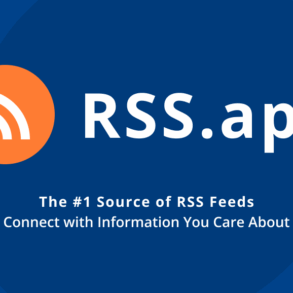Good news travels fast, but so does misinformation.
Social platforms make it easier for people to connect, find entertainment, and engage and share news content. About half of the adults in the United States get their news from social media.
But with the convenience of accessing and sharing content, social media has also made it easier for misinformation and disinformation to spread.
Misinformation is inaccurate information shared unknowingly, while disinformation is shared purposely with the intent to mislead. Both can threaten democracy and increase polarization in communities, according to a study from the National Library of Medicine.
“People are more likely to share misinformation when it aligns with personal identity or social norms, when it is novel, and when it elicits strong emotions,” the American Psychological Association said.
But there are ways to recognize false news and stop its spread.
Your Florida talked with Joshua Scacco, director of the University of South Florida’s Center for Sustainable Democracy, to get some tips.
1 – Trust, but verify
When navigating social media, be an “information skeptic,” Scacco said.
“When we get content or information that we think even potentially agrees with what we believe politically, approach it skeptically, look and see if this has been verified by some other set of sources that are out there.”
Be skeptical, but not cynical, he added.

Meghan Bowman
/
Pew Research Center
2 – Ask important questions
If you click on an article, take a moment to see who posted it.
Is the poster a real news organization or person? If you don’t recognize the outlet or person posting the story, search online for more information. In addition, many fake stories will not include an author’s name.
Other questions you should consider are:
When was it published?
What kind of content does the poster usually share? Does it seem out of character?
Are any other outlets posting the story? If you search the topic and can’t find anything else related or similar, chances are the article is false.
Check the URL — many fake websites will look odd or end with “.com.co” to look like a legitimate news site.
You can use this media bias chart to see where the posting organization typically leans politically for added context.




Meghan Bowman
/
Allsides
3 – Speak up
Facebook and YouTube are the most widely used platforms for Americans’ news diets, according to the Pew Research Center.
If you see something cross your feed that you know isn’t right, you can report it.
Most platforms have a place to report or flag information that is misleading, false, or offensive.




Meghan Bowman
/
Statista
4 – Think before you share
When you come across an article on social media, verify it, ask important questions, and speak up if it’s false before you share it. Otherwise, you risk further spreading the misinformation.
“The individuals out there who are trying to foist false information on people are expecting everyday individuals not to take those additional steps,” Scacco said.
5 – Avoid confirmation bias
There is a disadvantage to people when it comes to believing misinformation — confirmation bias. Which means people tend to look for, or interpret information consistent with their existing beliefs. Staying mindful of this as you verify information can be helpful as you sort the fact from the fiction.
Here are some resources you can use to help you find facts:
Snopes.com
PolitiFact.com
FactCheck.org
You can use TinEye to verify photographs through a reverse image search.
Get in contact with Your Florida reporter Meghan Bowman at bowman4@wusf.org.
If you have any questions about the legislative session, you can ask the Your Florida team by clicking here.
This story was produced by WUSF as part of a statewide journalism initiative funded by the Corporation for Public Broadcasting.
This post was originally published on this site be sure to check out more of their content







